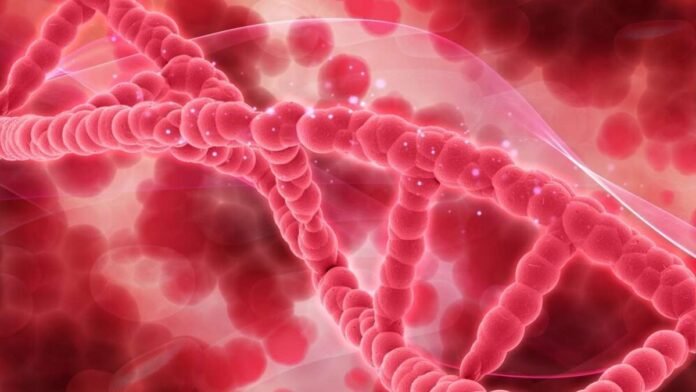Nearly 30% of Indian children have leukemia, the most common pediatric disease. When white blood cells overproduce, immature cells result. Two main forms are acute lymphoblastic leukemia (ALL) and acute myeloid leukemia. Successful treatment requires early discovery…
Leukemia is the most frequent childhood cancer in India, accounting for 30%. A blood and bone marrow cancer, leukemia affects thousands of families nationwide. It occurs when infection-fighting white blood cells proliferate and reproduce abnormally. Immature white blood cells overproliferate and crowd out healthy blood cells, impairing the body’s capacity to fight infections and deliver oxygen.
Childhood leukemia is divided into acute lymphoblastic (ALL) and acute myeloid (AML) forms. Most cases are ALL (75%). The causes of pediatric leukemia are still being studied. Some genetic variations and environmental variables including radiation and chemical exposure may enhance leukemia risk, according to experts.
Early detection of leukemia in children requires recognizing its symptoms. Medical technology has improved diagnosis and therapy, but delayed diagnosis remains. Advanced diagnosis reduces treatment success for many children. Thus, early symptom detection is essential to fighting this deadly disease. These mild symptoms may resemble childhood ailments like:
Abnormal fatigue and weakness.
A weak immune system causes recurrent infections.
Inexplicable fevers.
Bruising or bleeding easily.
Joint or bone ache.
Swollen liver, abdomen, or lymph nodes.
Unusual weight loss and appetite loss.These symptoms may indicate childhood illnesses, but persistent, unexplained symptoms should not be ignored. A doctor should be seen if any of these symptoms continue. Oncologists, haematologists, and other medical experts must work together to treat childhood leukemia, which requires family and caregiver support.
Blood testing and bone marrow aspiration may confirm leukemia in children. If diagnosed, treatment may include:
Chemotherapy: Killing cancer cells with many medications.
Radiation: Killing cancer cells with high-energy radiation.
Stem Cell Transplant: Healthy stem cells replace damaged bone marrow.
Therapeutic drugs that target cancer cells.
Immunotherapy: Fighting leukemia cells with the immune system.
Leukemia kind, stage, and child health determine treatment. Understanding pediatric leukemia risk factors and obtaining medical assistance quickly can improve a child’s prognosis. Additionally, medical advances give hope for therapy and long-term rehabilitation.
Conclusion
Childhood leukemia is tragic yet increasingly treatable and cured. Early detection of juvenile leukemia requires knowing its symptoms. See a doctor immediately if you have any of these symptoms.
Young leukemia patients can have long, healthy lives in remission with early diagnosis and treatment. Chemotherapy, radiation, stem cell transplantation, targeted therapy, and immunotherapy work thanks to medical improvements.
Childhood leukemia is terrible, but there is hope. We can improve outcomes for children with this disease with sustained research and innovation.



